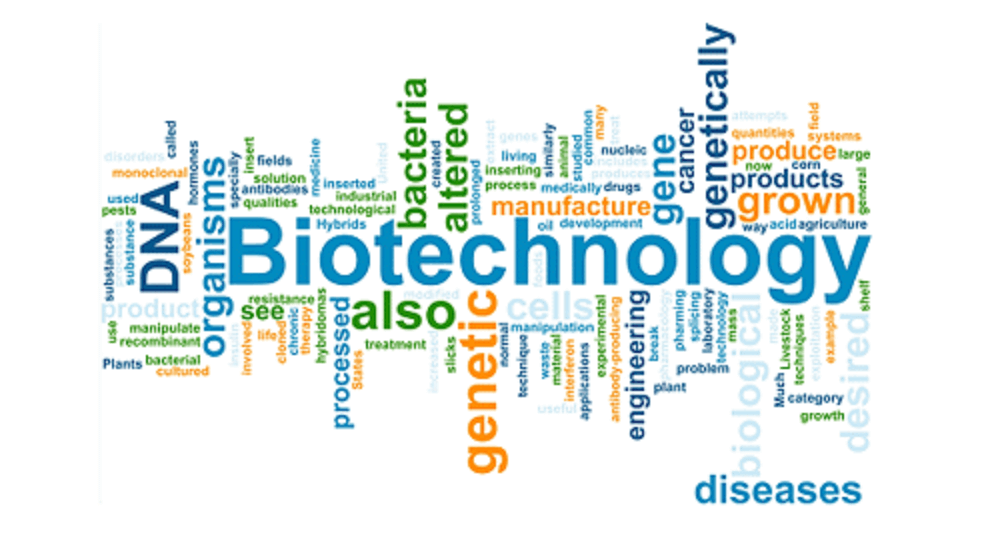
Biotechnology includes the study of biology/microbiology, engineering, and other sciences and has applications in several areas.
What is the Difference between Biotechnology and Microbiology
GET INSTANT HELP FROM EXPERTS!
- Looking for any kind of help on your academic work (essay, assignment, project)?
- Want us to review, proofread or tidy up your work?
- Want a helping hand so that you can focus on the more important tasks?
Hire us as project guide/assistant. Contact us for more information
Microbiology is the study of microorganisms, which are tiny organisms such as bacteria, viruses, fungi, protozoa and algae, that one cannot see with their naked eyes. Microorganisms help develop useful products such as cheese, bread, and other dairy products.
Biotechnology, on the other hand, is a multidisciplinary field that makes use of biology, engineering, and other sciences to develop useful products. Biotechnology makes use of living organisms or their components to make useful products for humans, plants and animals, and has uses in medicine, agriculture and other areas.
Biotechnology has a wide range of applications in the industry, such as gene therapies, making pharmaceuticals and vaccines, in agriculture fo crop improvement through genetic modification (GMOs – Genetically Modified Organisms), cloning, in industrial bioprocessing, making of biofuels, age-defying products, and more, and has the potential to improve our living standards.
Biotechnology Project Topics
Here are some Biotechnology research/project Topics:
- Biosorption and bioaccumulation of environmental pollutants
- Recent advances in bioremediation
- Major characteristics used in microbial taxonomy
- Use of genetically engineered microorganisms in bioremediation <
- >Molecular approaches to microbial taxonomy
- Various techniques in serological testing utilized for microbial classification
- Biodeterioration and preservation of monuments in India
- Nanotechnology for prevention of biodeterioration of textile
- Industrial centrifuges: Types and applications
- UV visible microspectrophotometry and it’s applications
- Fluorescence spectroscopy and it’s applications in biological sciences
- Miniaturized UV visible NIR spectroscopy and it’s applications
- Industrial production of single cell proteins.
- Optimisation of physical parameters for industrial fermentation.
- Medium optimization for industrial fermentations.
- Solid substrate fermentation for production a microbial enzyme.
- Microbial spoilage of vegetables.
- Microbial spoilage of dairy products.
- Large scale production and spoilage of ice cream.
- Fungi and maggots- how they ‘make’ cheese.
- Natural antimicrobials from animals used in food preservation.
- Modified atmosphere packaging- is it as good as it is made out to be?
- Molecular methods for detection of food-borne pathogens.
- Genetically engineered probiotics.
- >Types of natural plastids and their functions in bacteria.
- Types of RNA viruses.
- Chromosomal Abnormalities in humans.
- Significance and functions of Introns.
- Antimicrobial Compounds that inhibit protein synthesis.
- Micro RNAs and their functions.
- Post-translational modifications of proteins.
- RNA vaccines.
- Enzyme engineering- Methods and applications.
- Alkali tolerant enzymes from micro-organisms.
- Enzyme inhibitors as therapeutic agents.
- Thermostable enzymes from micro-organisms.
- Biofilms: A playground for horizontal gene transfer.
- Evolutionary conservation: Its importance in fidelity of replication.
- Metabolic engineering of microorganisms for enhancing the yield of fermentation products.
- Production of flavouring / fragrant compounds using microbes.
- Significance of upstream processing in fermentation.
- Production of enzymes using solid substrate fermentation.
- Application of Al in fermentation process.
- Bioreactor design for animal cell culture.
- Role of yeasts in various fermentation processes.
- Industrial production of Ethanol – A renewable fuel.
- Causes of error in DNA replication.
- Impact of homologous recombination on prokaryotic evolution.
- Effect of replication time on the rate of mutation.
- Significance of developmental apoptosis.
- Consequences of mutation in DNA polymerase.
- Cell aging and cancer.
- Transgenic animal models in biomedical research
- Role of bio-fertilizer in organic agriculture
- Bacterial biofertilizers for sustainable crop production
- Targeted Gene Therapies: Tools and Applications
- The advent and rise of monoclonal antibodies
- Gene therapy: Genes as medicine
- Bioethical issues of cryonics 8 Drug design-past, present, future
Checkout more Microbiology topics

Leave a Reply